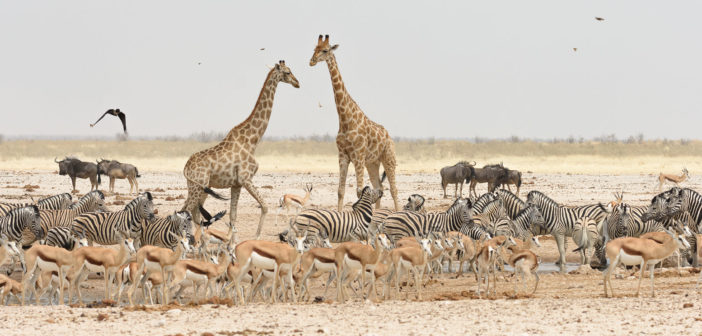The governments of South Africa, the Democratic Republic of the Congo (DRC), Namibia and Zimbabwe are proposing measures which, if enacted, could open the door to international trade in elephant ivory, rhino horn and other endangered species.
In a submission to the eighteenth Conference of the Parties (CoP18) to CITES (the Convention on International Trade in Endangered Species of Wild Fauna and Flora), to be held in Switzerland in September 2019, the countries argued for a major overhaul in the way CITES operates.
They believe they should be allowed to sell threatened wildlife species anywhere in the world, in the same way that mineral resources and mass-produced plastic trinkets are traded in global commercial markets.
The changes to CITES that they are requesting would pave the way for southern African countries to legally sell stockpiled ivory and rhino horn, which would put immense pressure on wild animal species already under severe threat of long-term extinction.
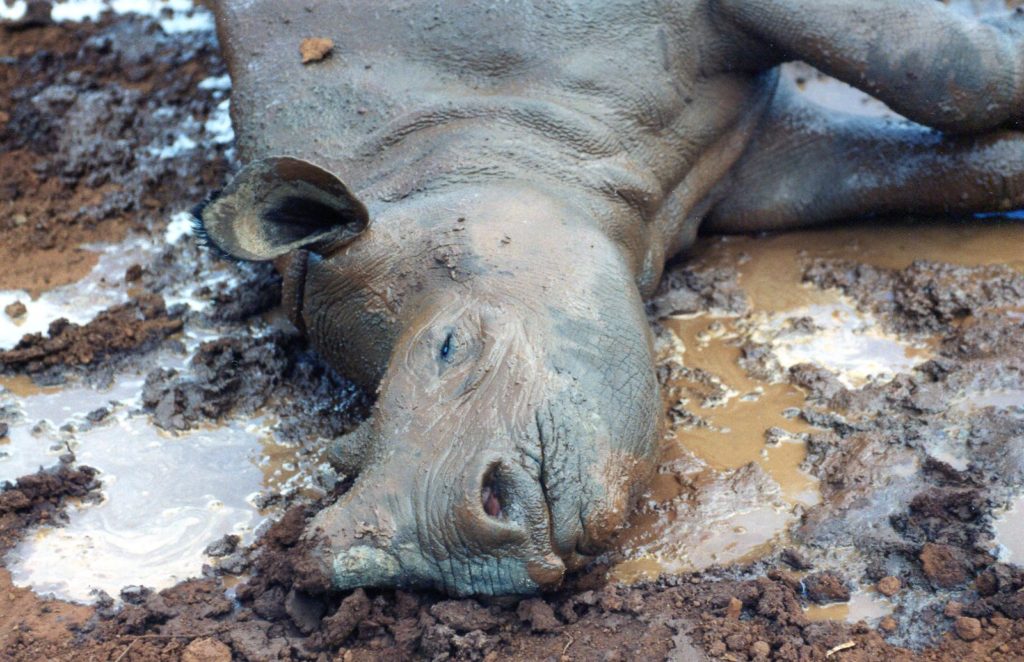
Unfair treatment?
One of the proposed amendments would make it easier to move species from one CITES Appendix to another. Animals and plants listed as Appendix I are effectively barred from commercial international trade, while those on Appendix II can only be traded under special circumstances.
The countries suggesting the changes claim to be victims of discriminatory CITES procedures. They contend that trade prohibitions have not put an end to the illegal trade in wildlife products like rhino horn, and claim that “more and more species that are well protected in southern Africa and demonstrably sustainably used” are being “targeted” by “proposals from outside the southern African region” for transfer to Appendix I.
Making it faster and easier to move species, such as elephants and rhinos, out of appendices that restrict trade is clearly one of the intended outcomes. The authors of the document argue that “progress has been extremely slow” on this front.
Other recommendations would bring CITES more in line with the World Trade Organisation’s General Agreement on Tariffs and Trade (GATT), a neo-liberal regulatory regime that facilitates unfettered access to global markets for commercial goods and services. South Africa and its partner countries claim CITES “provides for discrimination” and offers “no provisions against unfair trade practices.” They evidently believe that what they consider to be “discriminatory and trade-restricting measures” enacted by CITES could be successfully challenged under GATT rules.
According to Mary Rice, the executive director of the Environmental Investigation Agency (EIA), “the relationship between GATT and CITES has been explored at multiple CoPs between 2006 and 2013”.
“The parties to CITES rejected all recommendations submitted through that process, so we believe that no review is needed,” Rice said.
This proposal isn’t the only one pushing for trade liberalization. Namibia wants the current protections on its population of southern white rhinos to be lowered, while Zambia, Botswana, Namibia and Zimbabwe want to be allowed to sell ivory internationally and Eswatini argues it should be permitted to trade in rhino horn.
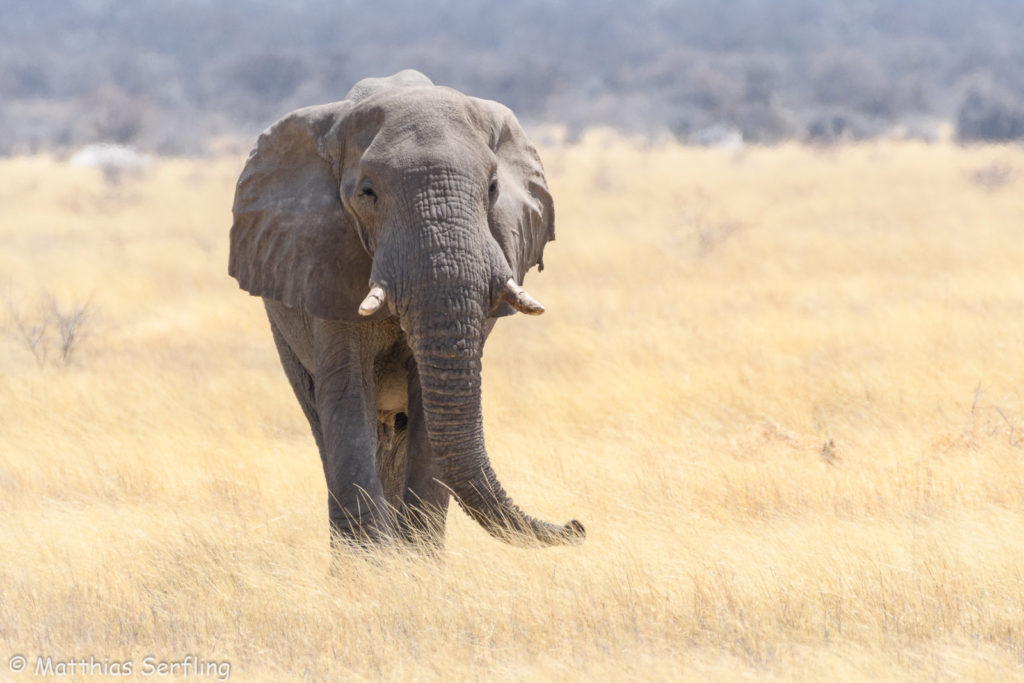
But not all African governments agree. In sharp contrast to southern African proposals, 10 countries further to the north, including Kenya, Ivory Coast and Gabon want all African elephants to be moved to Appendix I in order to protect the species as a whole. Elephant populations in South Africa, Botswana, Zimbabwe and Namibia are listed in Appendix II. Conservationists contend that it makes little sense to classify animals of the same species in different appendices just because they happen to be found within the boundaries of a particular country, especially if those species are migratory and in overall decline across the continent, as is the case for elephants.
Anti-poor?
The proposal charges that CITES is neo-imperialist, neo-colonialist and “definitely not pro-poor,” because its anti-trade policies deprive rural communities of the opportunity to “realise the full economic value of their wildlife resources” and starve conservation programs of funds. These points would sound less hollow if they didn’t come from governments that have consistently shown themselves to be deeply corrupt, captured by powerful corporate interests and ineffectual at addressing some of the most basic grievances of their citizens — from crippling poverty to the non-delivery of essential services.
The sale of wildlife products in these countries is much more likely to benefit political elites and their cronies than the rural poor whose poverty the authors of the document invoke.
In a similar vein, their assertion that trophy hunting in southern Africa is “well-regulated” is extremely dubious in light of South Africa’s sordid record of canned lion hunting and the illegal killing of Cecil, Zimbabwe’s most famous lion in 2015, to name just two relatively high-profile examples.
As has become routine for ardent supporters of trophy hunting – an elite activity if ever there was one – they ignore the fact that non-consumptive ecotourism provides consistently higher economic benefits for a larger base of people than commercial hunting. What’s more, there is mounting scientific evidence that killing wildlife for trophies is not possible without detrimental effects on herds and populations.
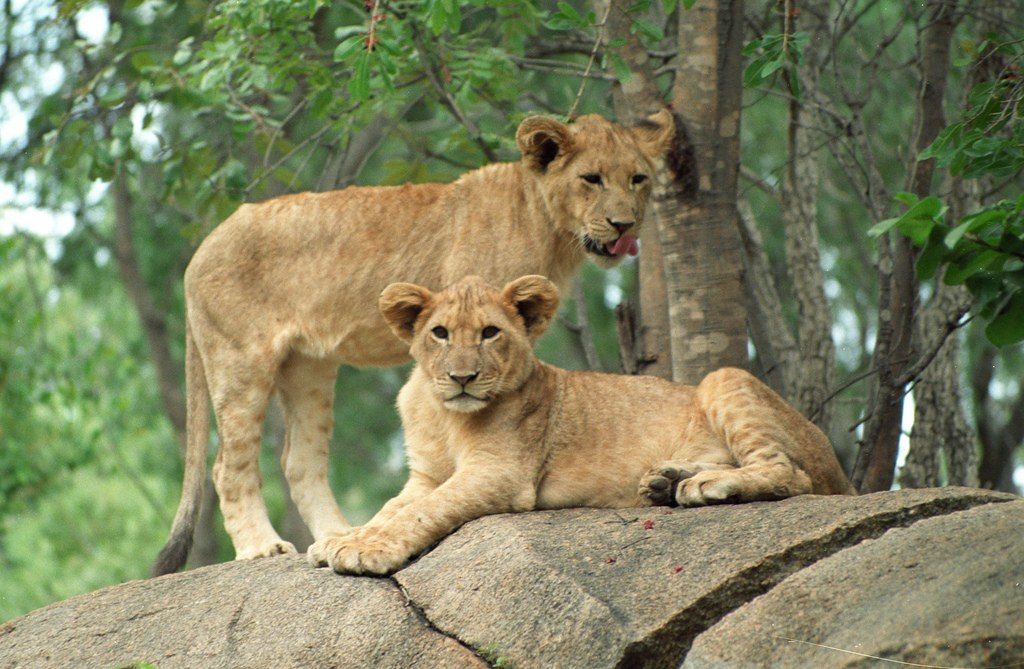
Sustainable use or profit-driven exploitation?
In essence, the countries proposing these changes to CITES are upset that current rules prohibit them from deriving profits from wild animals, which they consider to be valuable products that they should be entitled to harvest and sell as they see fit. They consider their autonomy unfairly restricted by regulations imposed on them by “ever so many armchair critics and self-proclaimed experts.”
At the most fundamental level, at the heart of this matter is a longstanding dispute over what is meant by “sustainable use” of wildlife. In a modern-day equivalent of enclosure, the countries proposing the changes to CITES consider all wildlife found within their borders to be their property and a commodity that they should be allowed to produce, harvest and sell competitively in markets around the world just as they are permitted to trade in ore and agricultural products.
They contend that they are able to do so “sustainably,” without doing harm to, or causing the extinction of, species. Concerns about the conservation of wild animals in their natural habitat feature little in this view. To them, there is no discernible difference between species of wildlife and domesticated livestock, and they insist both should be exploitable as products for financial profit.
South Africa is one of the best examples of this philosophy in action. Over the past decade or so, the government, guided by economists promoting extreme free-market policies and the unrestricted commodification and commercialization of nature, has succeeded in crafting laws and regulations that explicitly lay out this interpretation of sustainable use, for instance in the case of lions and rhinos.
The government-supported industry of breeding lions in captivity in South Africa provides an illustration of the outcomes of this philosophy. Supposedly proud of its global wildlife conservation status, the country now hosts more of these caged and commodified lions than live in its national parks and nature reserves.
The problem is that wild animals are not the same as commercial goods, and lions bred in captivity for the sole purpose of becoming targets for wealthy trophy hunters and a ready supply of bones for the market in traditional Chinese medicine are neither capable of surviving in the wild nor have any conservation value whatsoever.
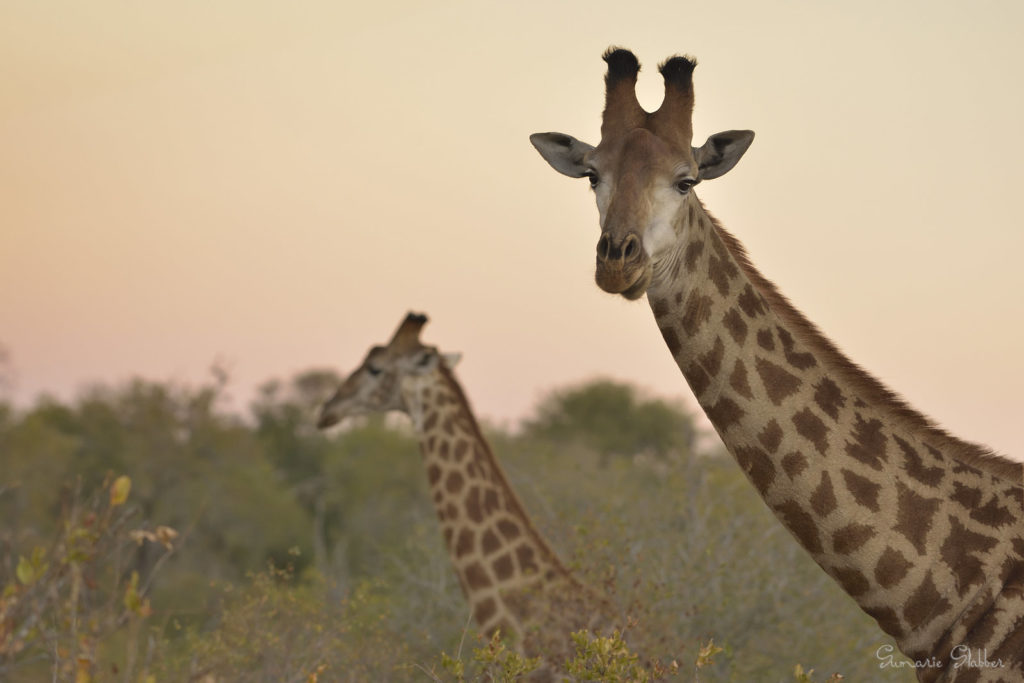
An extinction crisis
Arguments by South Africa and others to expand international wildlife trade must be seen in the context of dire warnings from the scientific community. Earlier in 2019, a devastating UN report highlighted evidence that the exploitation of wildlife is a major threat to a global ecosystem that is being ravaged by species extinction at an extremely alarming and historically unprecedented rate. In light of this, international conservation organizations like Humane Society International are calling on world leaders to resist proposals for changes to CITES that would facilitate trade.
While conservationists agree that the meaning of sustainable use needs to be clarified within CITES, it is for fundamentally different reasons from those offered by the authors of the proposal. They argue that wild animal species and nature as a whole cannot be treated as supposedly renewable resources and a form of capital that can be exploited indefinitely in simplistic economic terms. Any interpretation of sustainable use must be founded on ecological science, not on economic bottom lines.
Global biodiversity, healthy natural ecosystems and intact wilderness landscapes are not just beautiful and part of every human’s heritage, they are the very basis on which civilization is built. They are not just “nice-to-haves,” but fundamental requirements for the survival of our own species. They are a common good that provides immeasurable benefits for all people across nation-state boundaries. Their intrinsic worth lies in the fact that they are our planet’s life support system. Do we really want to trade them away in exchange for short-term monetary gains which will end up mostly in the pockets of domestic elites?
“While CITES does have its shortcomings,” says the EIA’s Shruti Suresh, “it is currently the primary internationally binding treaty dedicated to addressing trade in animal and plant species of concern, and we need to ensure that the precautionary approach is at the heart of any changes to the CITES framework”.
Given the current extinction crisis, we should do everything to protect endangered species, not expand ways to exploit them to their greatest commercial potential. It is extremely short-sighted and irresponsible for these Southern African countries to make proposals that would diminish CITES’ effectiveness.
Featured image: various wildlife in Namibia. Entire ecosystems are threatened by species loss due to human activity. Image credit matthias, CC BY-SA 2.0.

